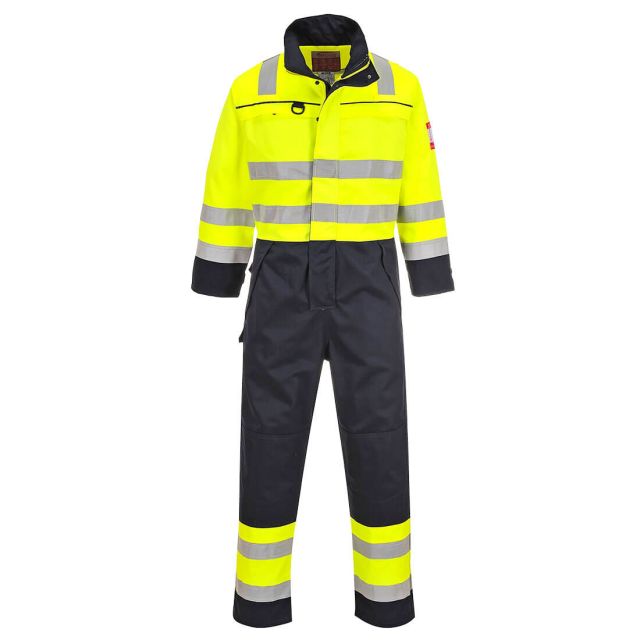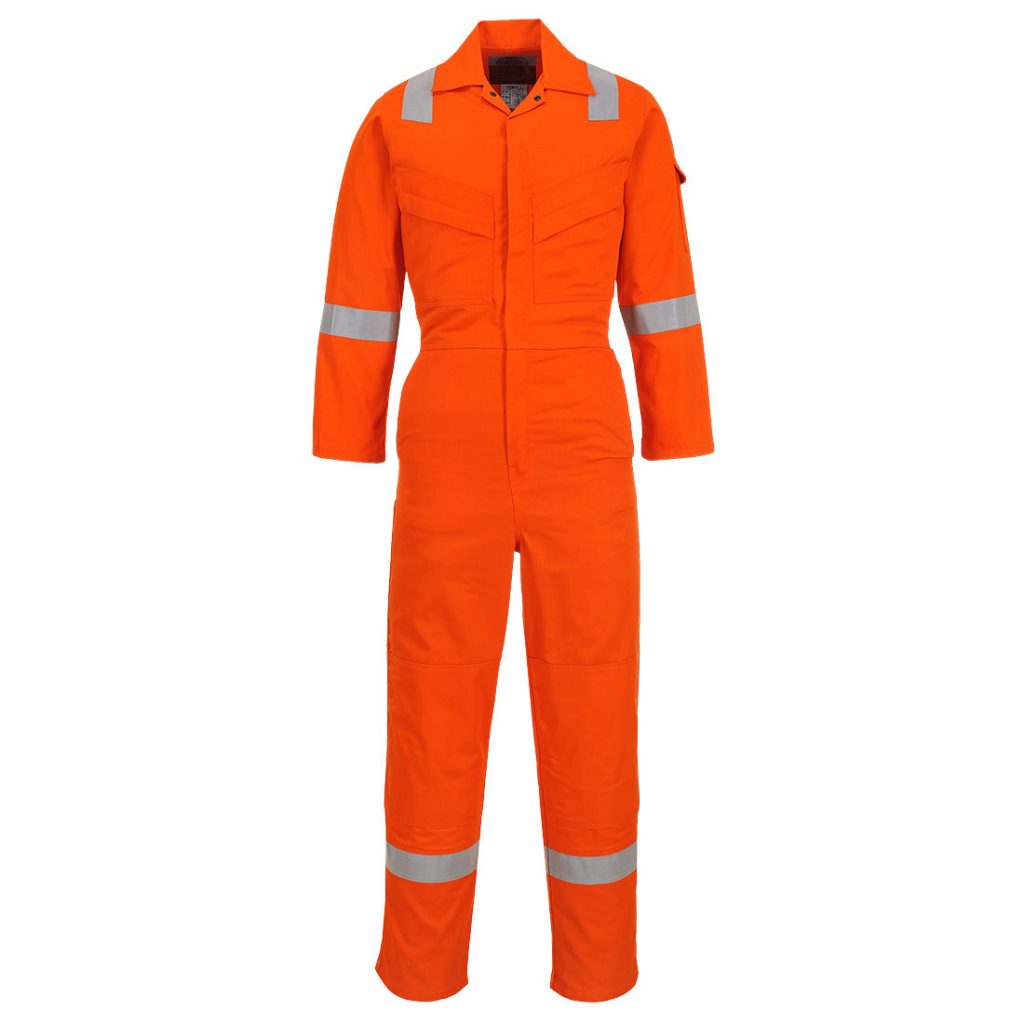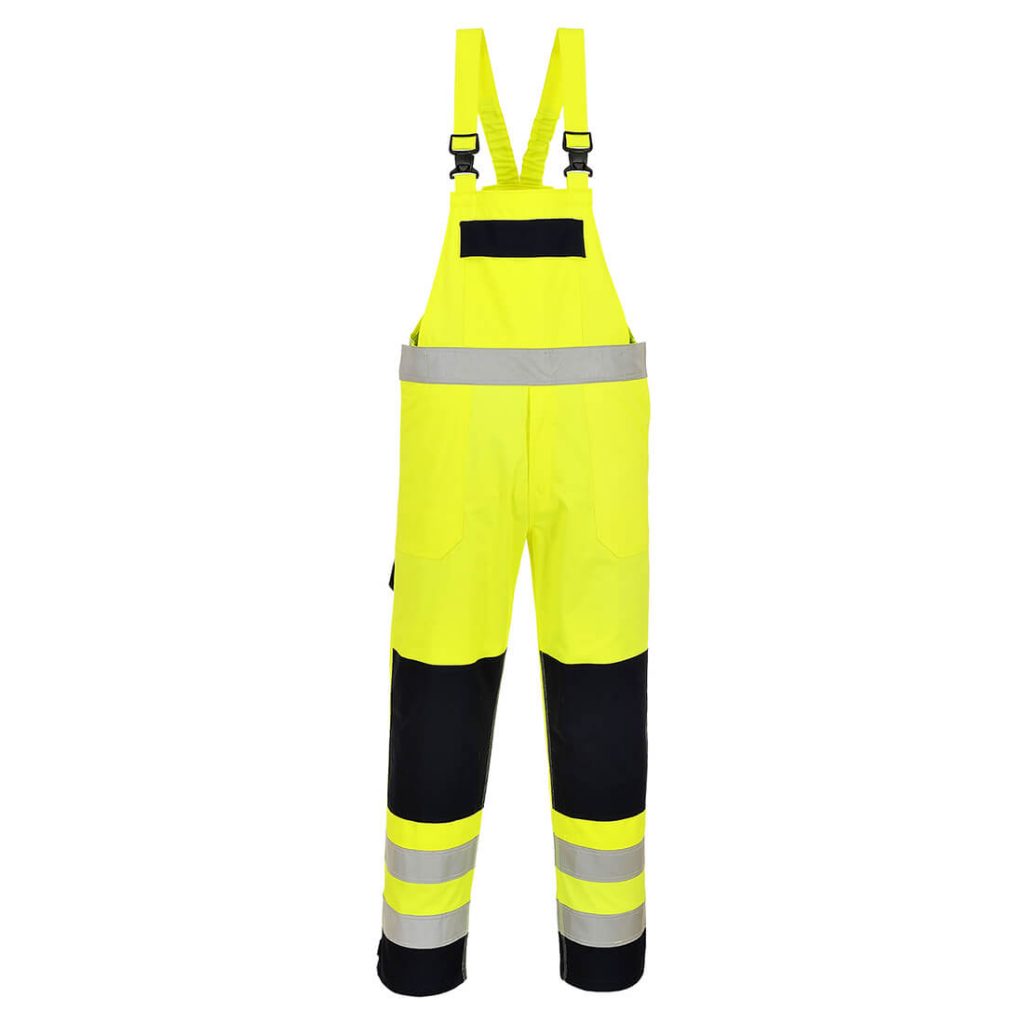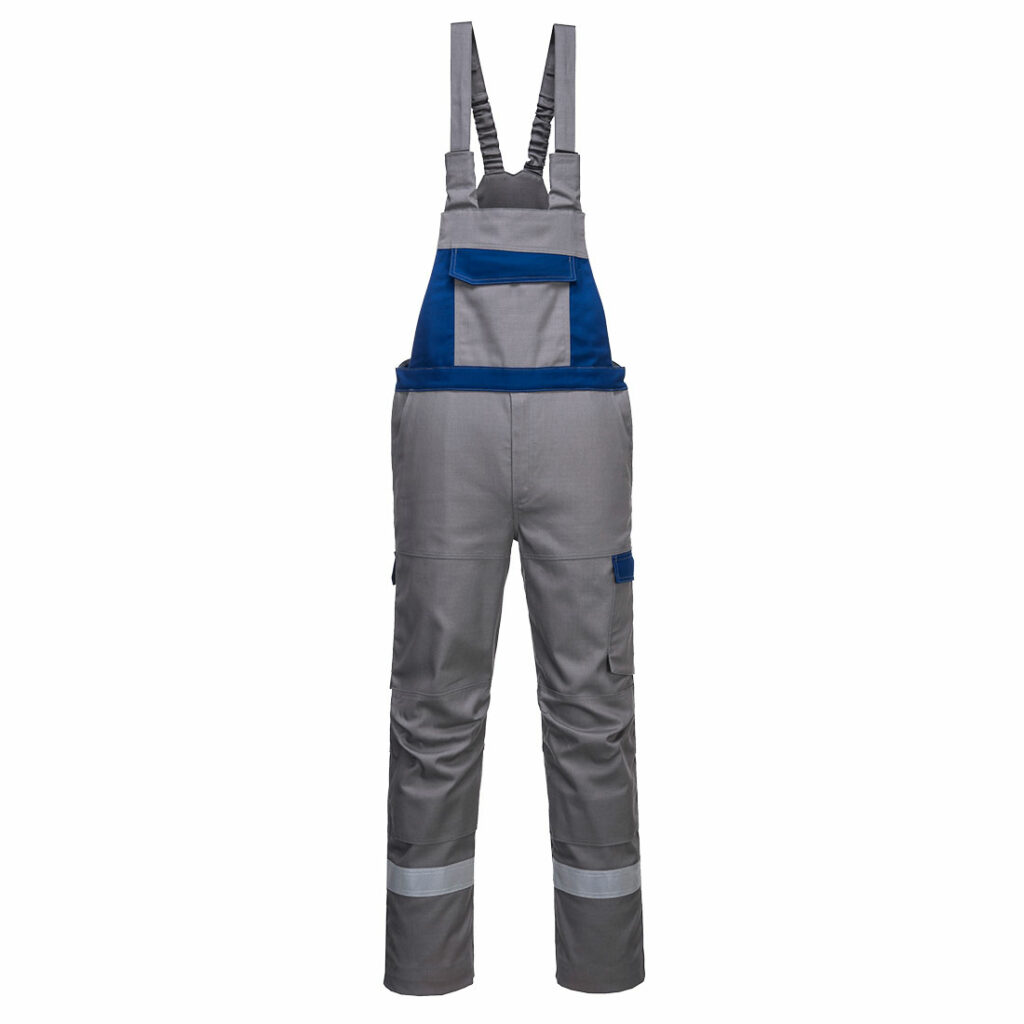Why Flame-Resistant Coveralls Are Essential for Safety: A Complete Guide
In industries where workers are exposed to high temperatures, sparks, and open flames, safety is vital. Flame-resistant (FR) coveralls protect workers from these hazardous conditions, reducing the chance of serious injury or death.
This article will cover the significance of FR coveralls, how they function, and what factors to consider while choosing the best ones for your workplace.
- Page Contents
- Understanding Flame-Resistant Coveralls
- Industries That Require Flame-Resistant Coveralls
- Key Features to Look for in Flame-Resistant Coveralls
- Customisation Options for Flame-Resistant Coveralls
- Maintenance and Care of Flame-Resistant Coveralls
- Why Choose XAMAX® for Your Flame-Resistant Coveralls?
Understanding Flame-Resistant Coveralls
What Are Flame-Resistant Coveralls?
Flame-resistant coveralls are full-body clothes that resist ignition and the spread of fires. Unlike ordinary textiles, which may quickly catch fire, FR materials have been developed to extinguish themselves once the ignition source is removed and are used for both Coveralls and Bib & Brace Overalls.
This crucial characteristic gives workers enough time to avoid dangerous situations, reducing the chance of serious burns.
How Do Flame-Resistant Fabrics Work?
FR fabrics work by either chemically modifying the fibres or employing naturally flame-resistant materials such as aramid fibres. These materials are designed to create a protective barrier and/or emit inert gases, reducing the probability of the garment combusting. Also, they do not melt or drip when exposed to high temperatures, which is critical for keeping the skin safe from heat-related injuries.
Industries That Require Flame-Resistant Coveralls
Ensuring you order the correct coveralls for your industry is a vital line of defence against serious injury within your workforce.
Oil and Gas Industry
Workers in the oil and gas industry are regularly exposed to combustible gases and liquids. FR coveralls are vital for protection against flash fires, which may ignite without warning. The protective aspect of these clothes guarantees that workers have a better chance of escape without serious injury.
Electrical and Utility Sectors
Arc flashes pose a significant hazard in the electrical and utility industries. These powerful bursts of energy can result in severe burns and injuries. FR coveralls, particularly those with additional arc flash protection, provide an important line of defence against these kinds of risks.
Welding and Fabrication
Welders and fabricators are exposed to sparks and molten metal spatter with almost every job. Flame-resistant coveralls help to defend against these risks, ensuring that sparks do not ignite the workwear and cause injury.
Chemical Processing
The risk of exposure to combustible compounds is ever present in chemical factories. FR coveralls safeguard workers by limiting the spread of fires when they come into contact with hazardous materials. This lowers the likelihood of burns and gives peace of mind in high-risk areas.
Key Features to Look for in Flame-Resistant Coveralls
Compliance with Safety Standards
When selecting flame-resistant coveralls, ensuring compliance with UK safety standards is critical. XAMAX® ensures that all flame-resistant garments meet the necessary certifications to protect workers in high-risk environments.
Key standards
EN ISO 11612: This standard specifies the performance requirements for clothing designed to protect against heat and flames. Coveralls meeting this standard provide protection against brief contact with flames and radiant, convective, or contact heat.
EN ISO 11611: This standard applies to protective clothing used in welding and allied processes. It includes coveralls that protect against small splashes of molten metal, short contact with flames, and radiant heat.
EN 1149-5: This standard specifies the textile performance criteria for garments that protect against electrostatic discharge, which is crucial in environments where there is a risk of explosion.
XAMAX® works hard to ensure that every customised coverall fulfils these stringent safety standards, providing workers with the highest level of protection.
Material and Durability
The durability of FR coveralls is essential for prolonged use in harsh environments. Choose garments made of high-quality fabrics that can endure repeated exposure to heat and flame. Fabrics such as Nomex and Kevlar are well-known for their strength and resilience to wear and tear.
Fit and Comfort
Comfort is an important consideration when selecting FR coveralls. A correct fit allows workers to move freely while maintaining their safety and breathable fabrics improve comfort during lengthy shifts in harsh working conditions.
Anti-Static and Arc Flash Protection
In areas where static electricity or electrical arcs are present, it is critical that you choose coveralls that provide both anti-static and arc flash protection. This dual protection ensures worker safety against a wider range of risks.
Customisation Options for Flame-Resistant Coveralls
Embroidery with Flame-Resistant Thread
We can still apply your logo on FR coveralls in a safe and effective manner. When embroidering logos or text on these garments, we only use specialist flame-resistant threads. This thread ensures the coverall's protective features remain intact and no extra hazard is added - we're not sure other companies can say the same.
While the colour selections are restricted, FR embroidery offers a long-lasting branding solution that does not compromise safety.
Placement of Customisation
When it comes to adding your brand to flame-resistant coveralls, XAMAX® embroiders on the left and/or right breast only. This placement makes your branding visible while keeping the garment's safety features and retaining comfort for the wearer. Many coveralls have pockets in these positions, so exact embroidery location and logo size may need to be altered to prevent interfering with the pocket.
By focussing on the breast regions and using specialist threads, XAMAX® ensures that your customisations are not only highly visible but also comply with safety standards, achieving the ideal combination of branding and functionality.
Maintenance and Care of Flame-Resistant Coveralls
Proper Washing Techniques
Proper washing practices are essential for maintaining the protective properties of FR coveralls. Only use mild detergents and avoid bleach and fabric softeners, which will weaken the fabric's flame-resistant qualities. Always follow the manufacturer's care instructions to maintain the coveralls effectiveness over time.
Regular Inspection and Replacement
Regularly check FR coveralls for indications of wear and tear, such as thinning fabric, holes, or frayed edges. Damaged garments should be replaced immediately in order to maintain ongoing protection. Routine inspections can uncover potential issues before they compromise worker safety.
Why Choose XAMAX® for Your Flame-Resistant Coveralls?
At XAMAX®, we recognise how vital safety is in potentially dangerous working situations. With more than thirty years of experience, we provide your team with dependable protection by supplying quality flame-resistant coveralls that conform to the demands of industry.
Our range of high-quality workwear garments, cutting-edge embroidery techniques, and strict quality control reflect our commitment to quality. For workwear that puts safety first without sacrificing comfort or durability, XAMAX® is your go-to source, whether you need plain FR coveralls or customised with your brand.










